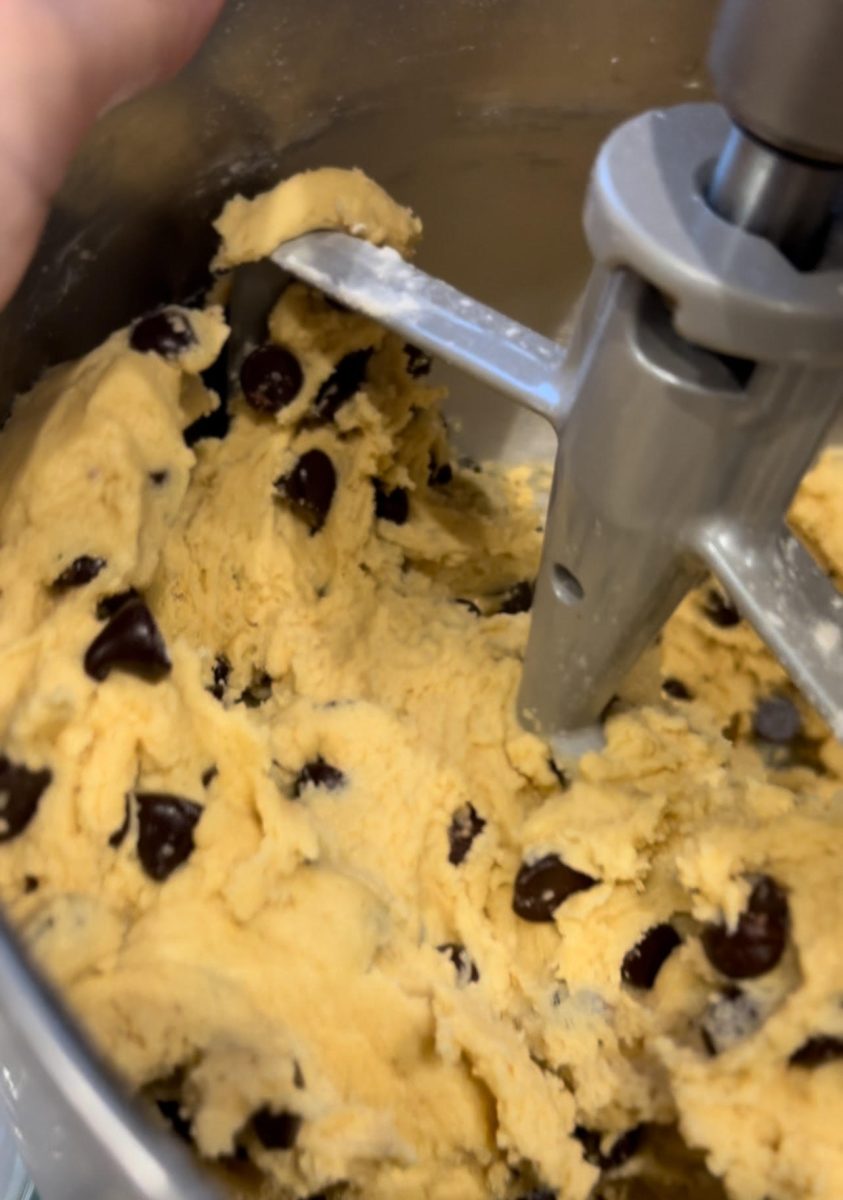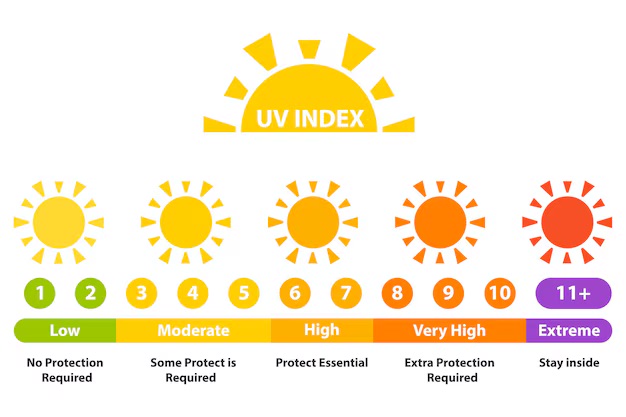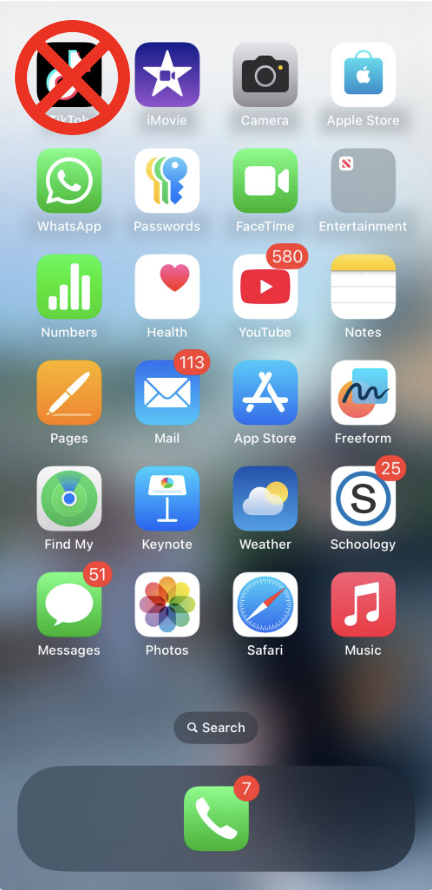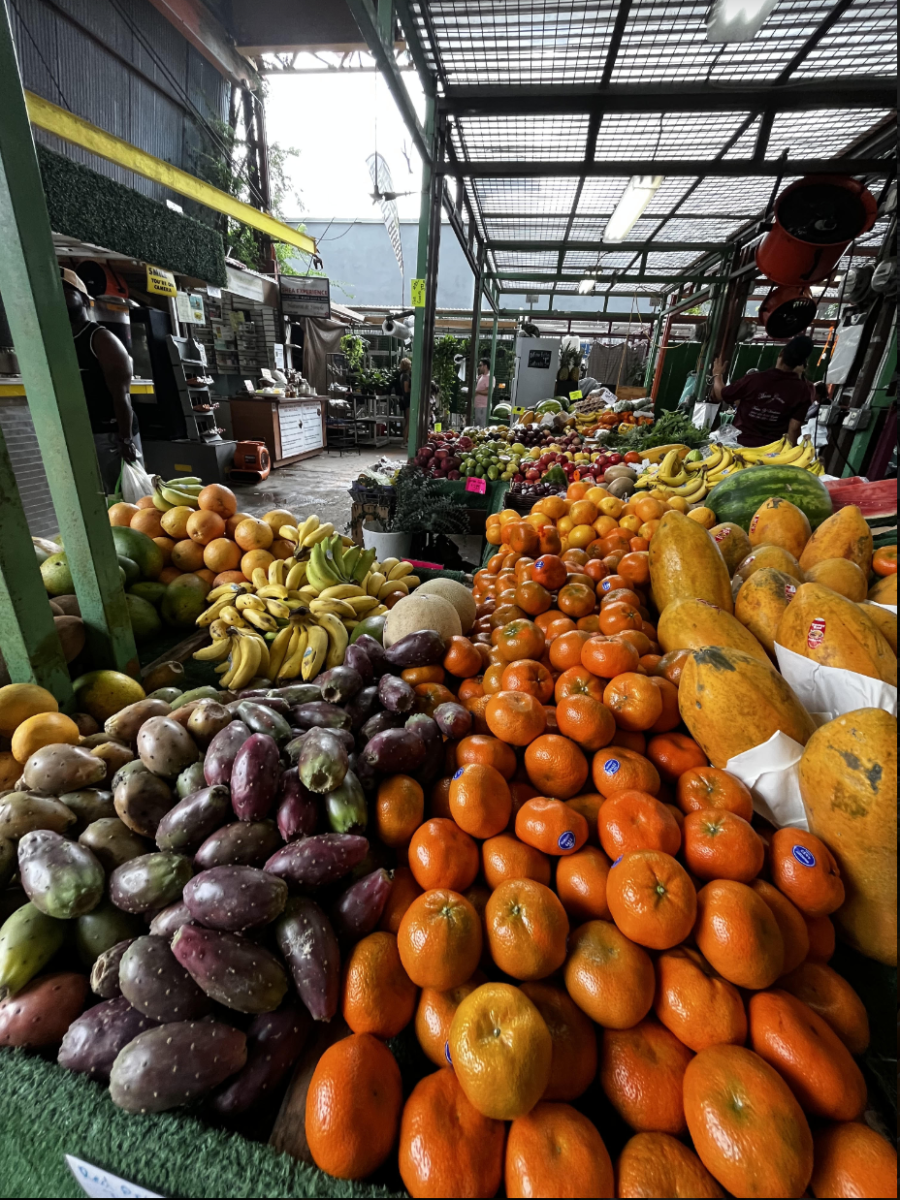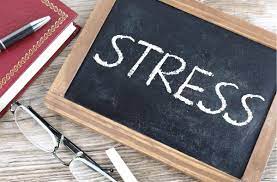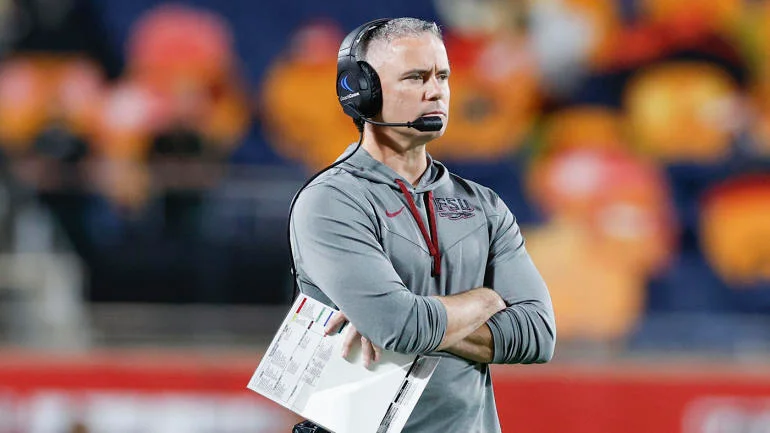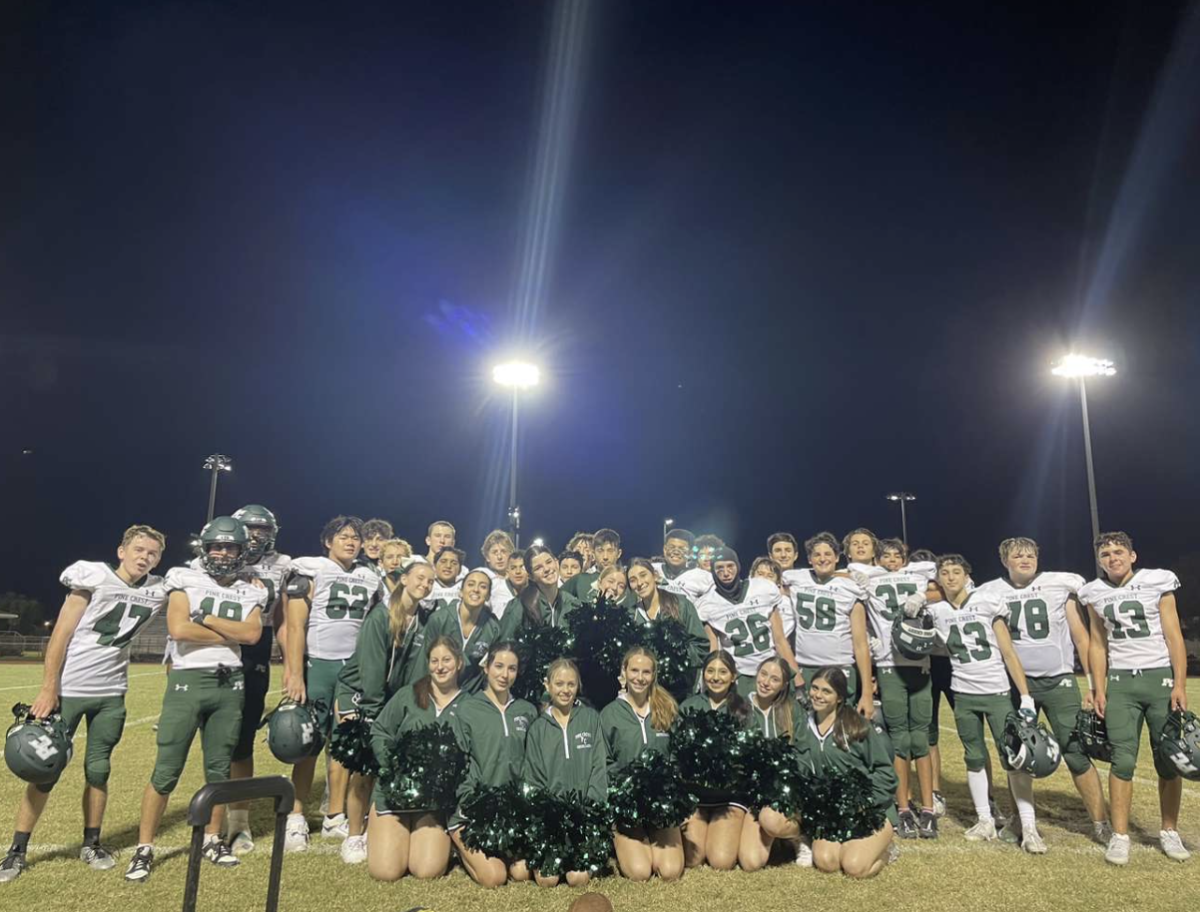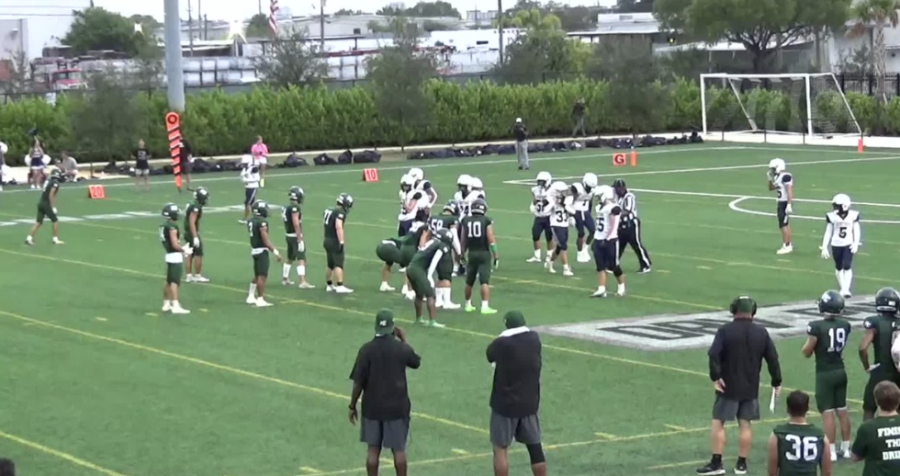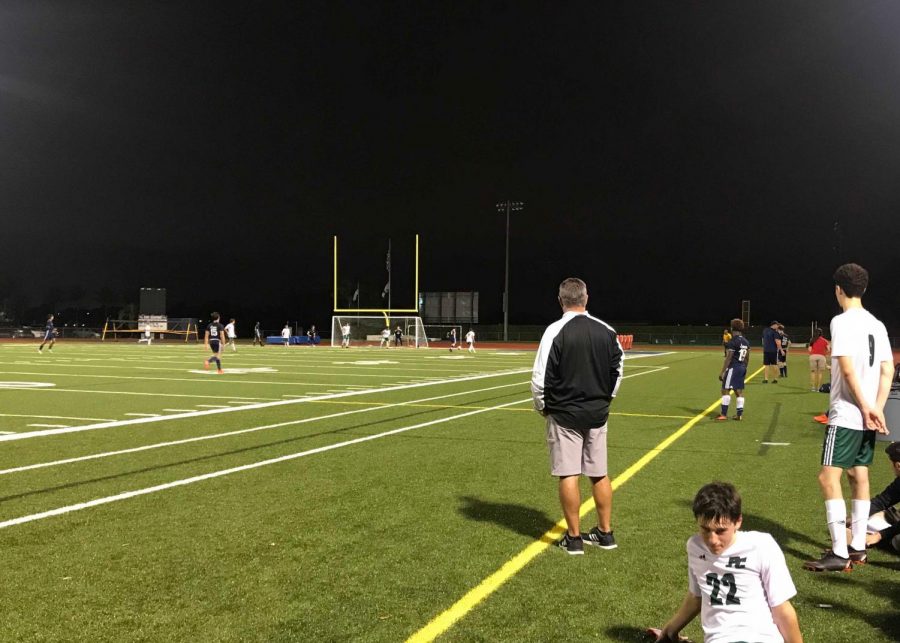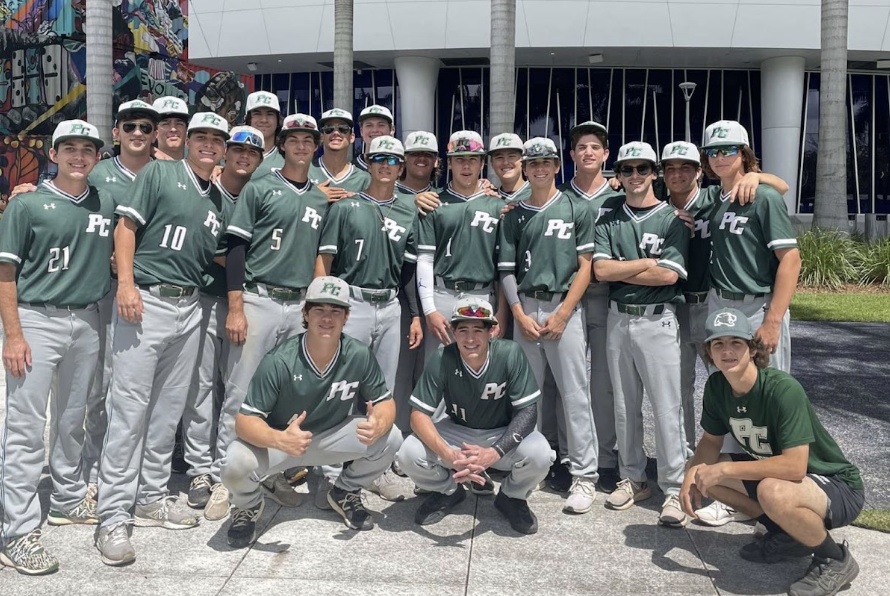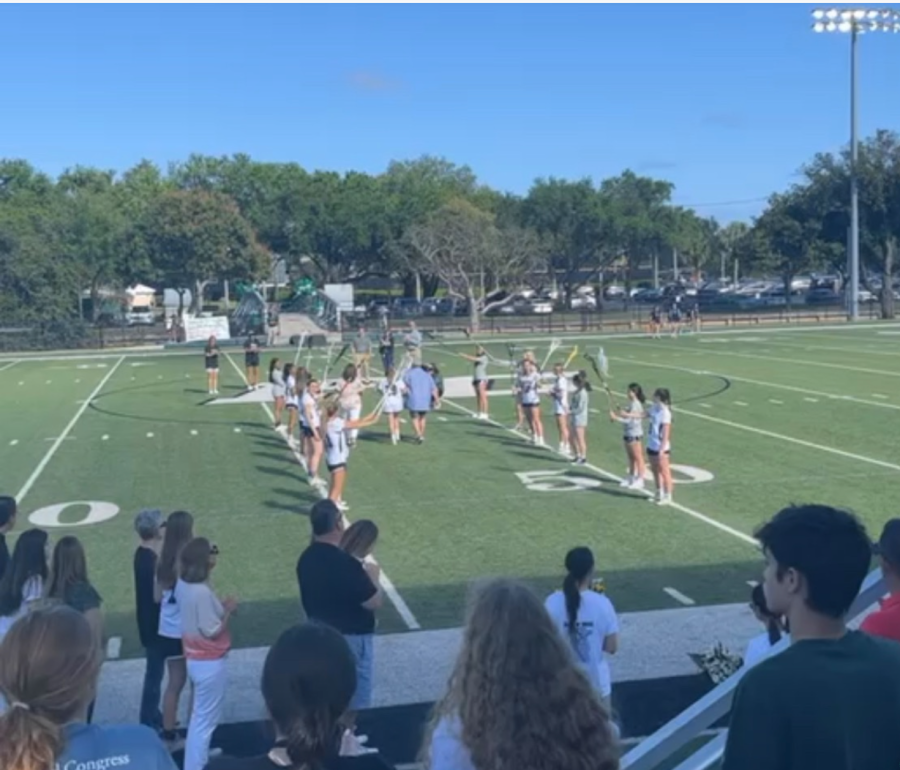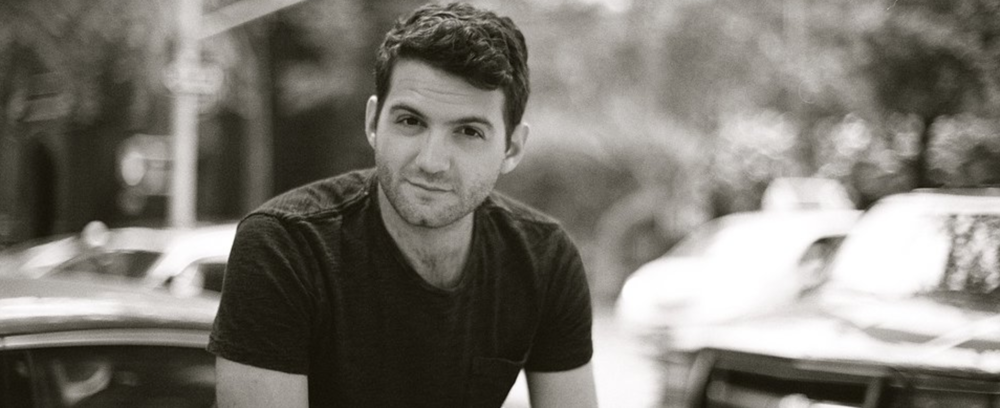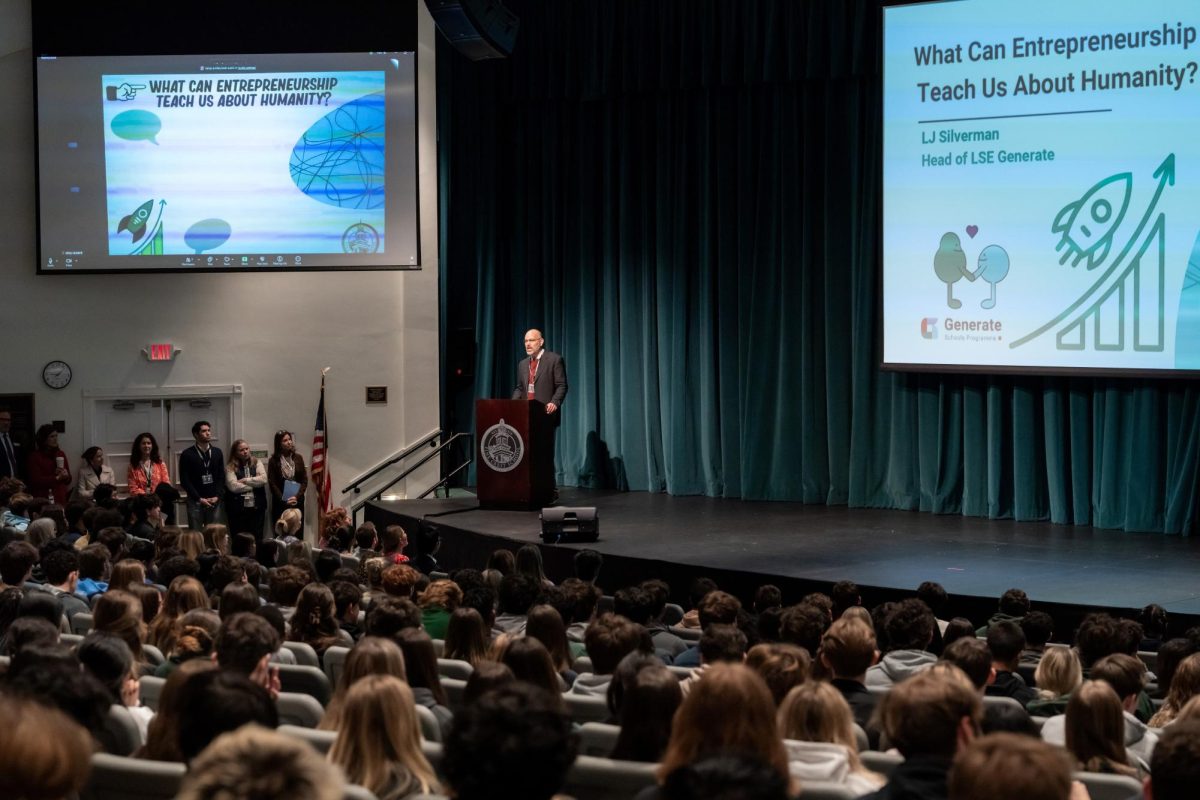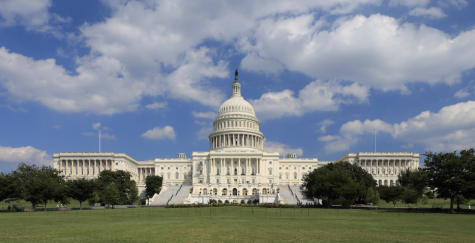What’s Happening in Texas Right Now
Over the past couple of weeks, Texas has been experiencing severe power outages, extreme weather, and freezing temperatures. We took a look to see how the state of Texas is handling the climate crisis and how this winter storm could cost Texas more than any other natural disaster in the state’s history.
What is happening right now?
On top of Covid-19, Texas has been hit with life threatening damage from lacking the protection and supplies needed to brave through dangerously low temperatures. As of February 18th, almost 350,000 people in the state of Texas are out of power. The heat that was supplied to homes throughout the western part of Texas are covered in thick ice sheets. As a result, millions of Texans are out of power. To add on, Texas power plants turned off during the catastrophe.
As collecting data continues, over four million people lost power and twenty two and counting have died from the snow storm. Many people are in desperate need for safe drinking water and food. Because of the severe power outages, many people are not able to go buy safe food and drinking water for their families. There is even a boil water notice still going on. Throughout the state, there are several damaged water systems, street signs and lights, and also lost and damaged cars.
Why did this happen?
In the United States, there are three power grids: one that covers the Eastern part of the United States, one that covers the remaining Western states minus Texas, and one that covers all of Texas. The company, Electric Reliability Council of Texas, also known as ERCOT, is trusted with 90 % of the state’s power for their customers, 26 million people. Texas is not used to having record negative temperatures that were seen last week, and the energy sources were not prepared for the extreme weather either. Because Texas families relied heavily on heaters to control the temperature of their home, more energy than what was available was being used to heat homes.
One factor that likely contributed to the statewide shut-off was that some power plants may not have been operating during the time of the snowstorm, as the demand for energy is usually highest in the summer months. Many sources have also suggested that some power plants experienced problems while operating in the cold weather, which could also have contributed to the large outage. It’s important to recognize that the plants are all natural gas plants, meaning not as much gas is stored onsight, and any disruption, regardless of size, can stop gas emissions in its entirety.
This was not a small outage, though. 30 to 50 % of Texans lost power, and some neighborhoods may not have had power for days. Sadly, this was not the first time that a major power outage took place in Texas. In 2011, deep freezes caused smaller but still intense power outages, but the company claimed that an event like that would only occur every thirty years. The short-term solutions made by that energy company did not end up supporting Texas families during this most recent outage.
What can we do to help?
There are few things that us as Floridians can do during a global pandemic to help people struggling in Texas. Donating to mutual-aid groups may be helpful. In Texas, many people are working overtime for mutual aid groups to deliver essential items like food and medicine, coordinate transport, and raise awareness for what is going on. A few include Austin Mutual Aid, Feed the People Dallas, Mutual Aid Houston.
Another way to help is donating to food banks in Texas. Because of the winter storm, the food supply for many families was cut off and Feeding Texas, the largest hunger-relief organization in Texas, has made a database for food banks around the state. Although Floridians cannot donate to Texans directly, it is possible to donate money for food and other necessities for Texans in need.
President Joe Biden said Thursday, February 17th: “Tonight, I called Governor Greg Abbott to discuss the ongoing situation in Texas and identify ways we can support the state’s recovery from this storm. I made clear to the Governor that I’ll work relentlessly to get his state what they need.”
In the future, people such as Daniel Cohan, an associate professor of civil and environmental engineering at Rice University, and Varun Ra, director of the Energy Institute at the University of Texas-Austin, claim that Texas grids need to be ready for extreme weather events, as do the remaining two grids in the United States. Climate change is believed to bring warmer temperatures, but cold temperatures come as well, and the days of rare weather extreme events in the United States and globally could be forever gone, with those events becoming common.
Sources:













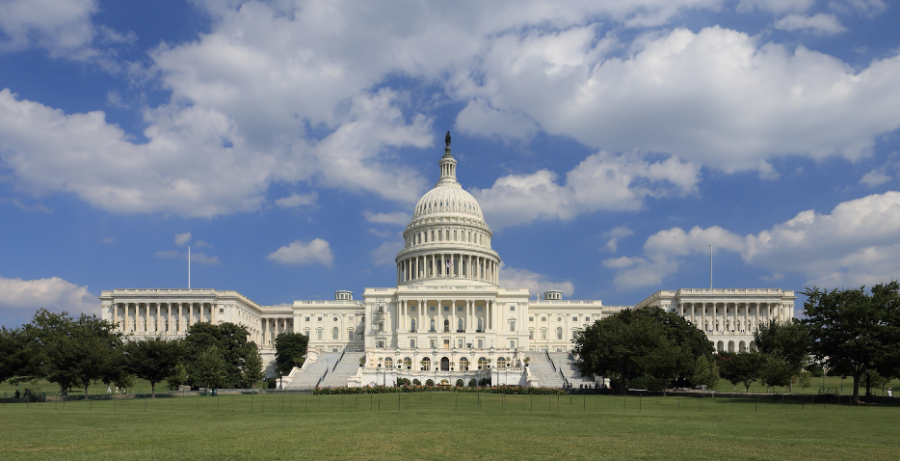
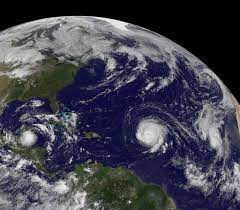




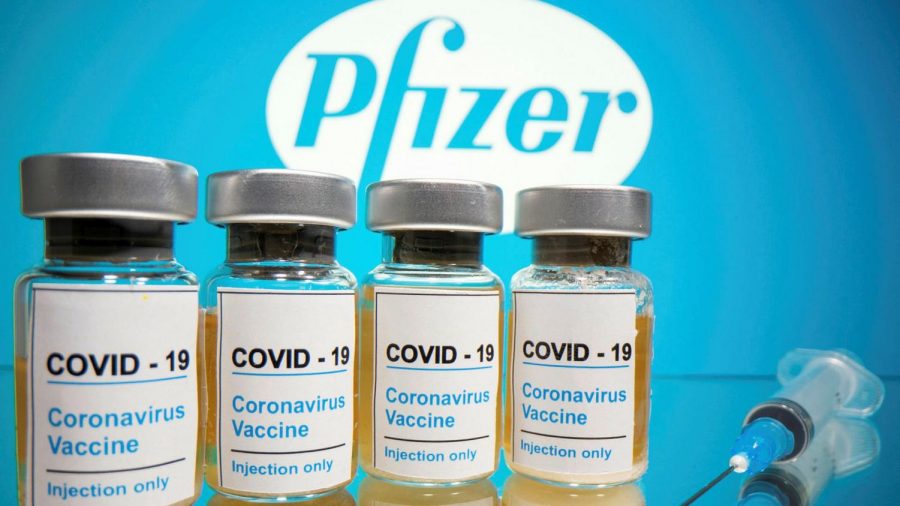

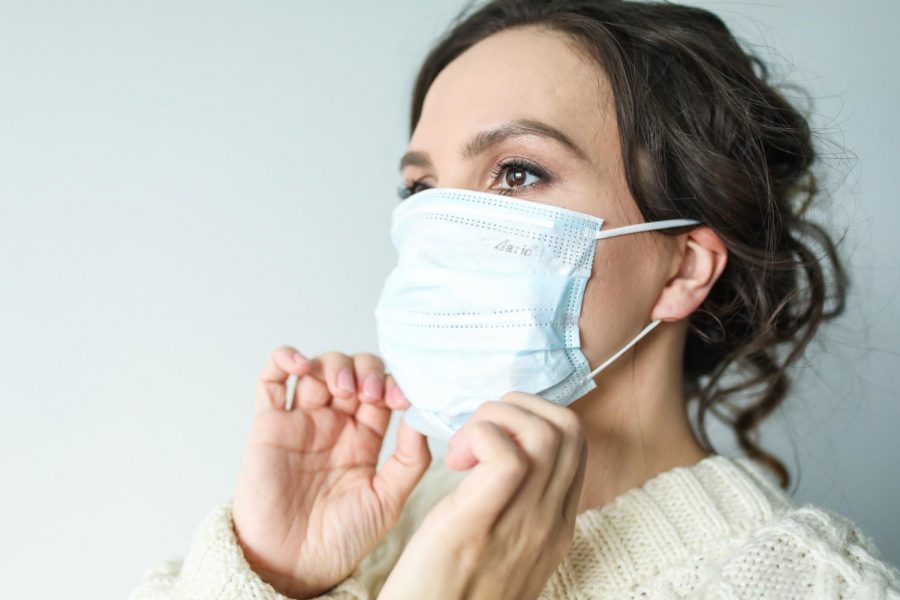





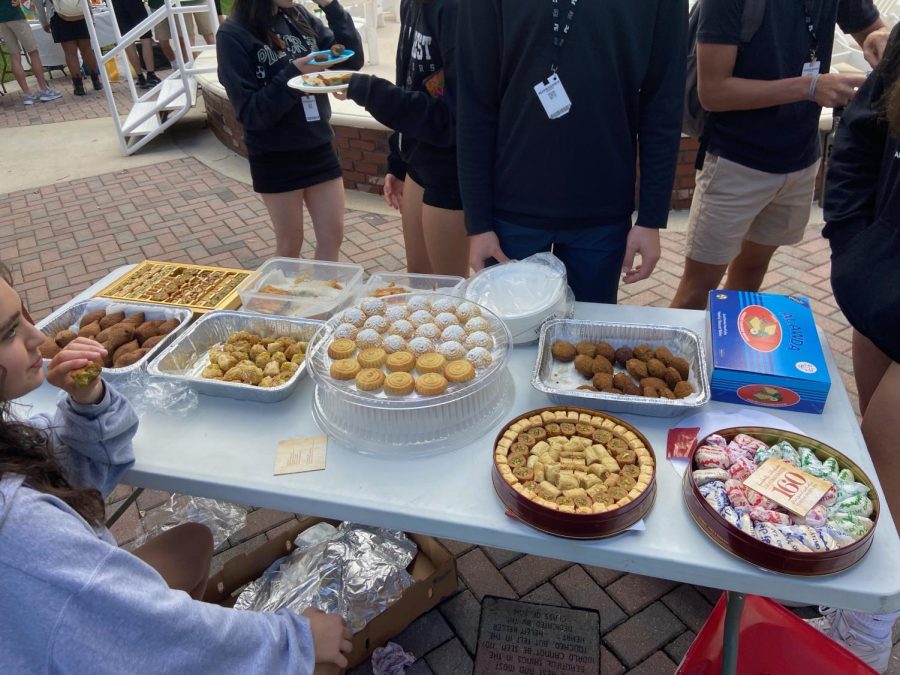





![Stranger Things 4: What to Expect [Warning: Contains Spoilers]](https://pcpawprint.com/wp-content/uploads/2021/11/StrangerThings4-900x473.jpeg)







